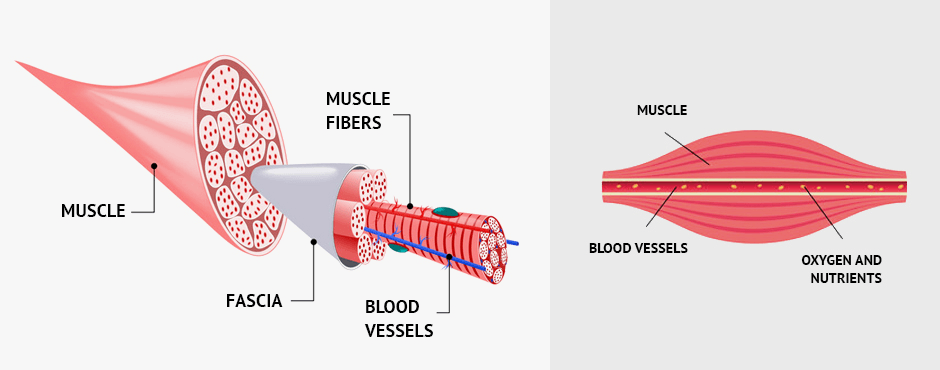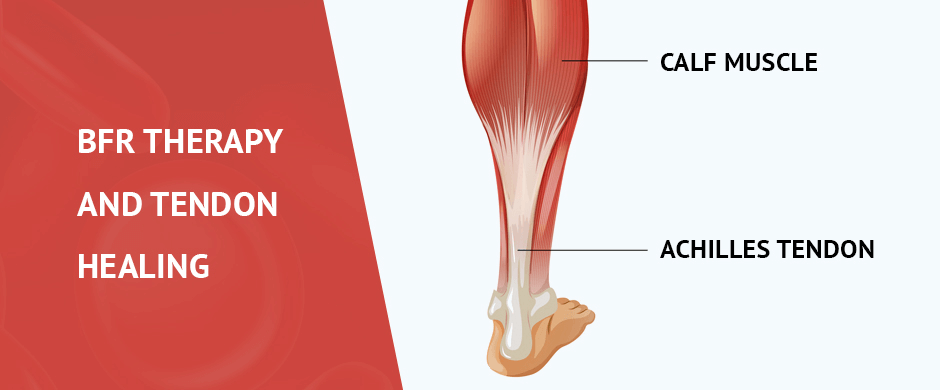
Technology has impacted almost every industry across the globe, and athletics and rehab are no exceptions. Over the last two decades, the science of athletic assessment, training, performance and rehabilitation has taken a quantum leap, with a plethora of new technology-driven tools that totally revolutionize our diagnostic and treatment approaches.
One exciting new treatment technology that holds promise for a broad range of applications is blood flow restriction therapy, or BFRT. This guide gives an overview of BFRT for novices who want a deeper understanding of what it is and how it works.
Before we dive deep, here are some basic factors about BFRT:
BFRT has been used for injury rehab and muscle hypertrophy for several years now, but early BFR equipment was somewhat primitive and not at all precise. Today, BFR devices have become high tech, allowing for quantitative precision in occlusion regulation and limb loading, to ensure safe and effective outcomes.

It is often the case that new therapies and technologies emerge before their underlying mechanisms are fully understood, and that is definitely true with BFRT. We know that BFRT does in fact promote muscle hypertrophy and tissue regenesis, but there exists more than one theory about why and how.
There are three main theories about the science of BFRT:

BRF has become a mainstay in training for elite sports performance and recovery. The method has been shown to be a safe technique for quickly enhancing muscle size, strength, endurance, and athletic performance. BFRT uses light weights to generate rapid strength and fitness gains in a short time span.
BFRT is used to help heal muscle strains and ligament sprains, and it speeds the rate of healing after knee and shoulder surgery, and even after total joint replacement. The BFR occlusion bands let you work out with substantially less weight, reducing stress on healing joints and connective tissues while speeding up muscle recovery. BFRT is ideal for athletes who need to quickly return to play after an injury.

Tendon healing has always been a long game, simply because the sparse vascularity of tendon tissue limits the amounts of oxygen and nutrients that can reach damaged cells.
For athletes, that means that even if damaged muscle fully heals and regains its size and strength, the associated tendons often lag behind. In many cases, athletes are released to return to play prematurely based on muscle recovery alone, setting them up for re-injury when tendons underperform.
A recent study by Centner et al. (2019), set out to determine if BFRT would accelerate the healing of both muscle and tendon tissue.
Over a 6-week period, researchers compared BFRT to traditional resistance training, beginning at 75% 1RM (one rep max) and progressing to 85%. The BFR group began at 20% 1RM and progressed to 35% over the same time period — much lighter weights than the traditional group.
The results?
Similar improvements in muscle size and strength were observed in both groups, and also in tendon stiffness and thickness.
This is great news for athletes who want to return to play as quickly as possible after an injury, or for anyone with tendinopathy who wants to get back to pain-free movement.

Neuromuscular electrical stimulation (NMES) has long been used to help maintain muscle mass and strength during prolonged periods of immobilization. NMES devices have also been sold to gullible consumers as a gimmicky solution for flabby abs.
NMES works by delivering an electrical charge to nerves, stimulating their associated muscles to involuntarily contract. It is often used to preserve and rehabilitate muscles after injury or reconstructive surgery.
There is a growing body of research to suggest that combining NMES with BFRT creates a dynamic duo that enhances HGH secretion and significantly enhances muscle strength and size, compared to NMES without BFRT.
None of us wants to get older, but time, gravity, wear and tear and hormonal changes take their toll. Regular exercise helps, but even healthy adults who exercise regularly lose about 10% of their lean mass with every passing decade, a condition called sarcopenia.
Loss of lean muscle mass impacts older adults in multiple ways:

BFRT offers an ideal solution for older adults who want to gain muscle mass without overloading joints or lifting heavy weights. BFR therapy can aid in post-surgery recovery, to restore strength and stability, and reduce injury risk. BFRT also improves mitochondrial function, a key marker for longevity in older adults.
While BFRT is generally safe for most people, it is not recommended for certain individuals, including:

A thorough health and medical history should be conducted prior to administering blood flow restriction therapy.
At NYDNRehab, we are always adding the best new therapies and technologies to our growing menu of services. For BFRT, we use Mad-Up, the best personalized BFR device on the market.
BFR therapy is beneficial for:
Contact NYDNRehab today, and see how BFRT can help you attain mass, strength, healing, and the very best quality of life.
Dr. Lev Kalika is a world-recognized expert in musculoskeletal medicine. with 20+ years of clinical experience in diagnostic musculoskeletal ultrasonography, rehabilitative sports medicine and conservative orthopedics. In addition to operating his clinical practice in Manhattan, he regularly publishes peer-reviewed research on ultrasound-guided therapies and procedures. He serves as a peer reviewer for Springer Nature.
Dr. Kalika is an esteemed member of multiple professional organizations, including: